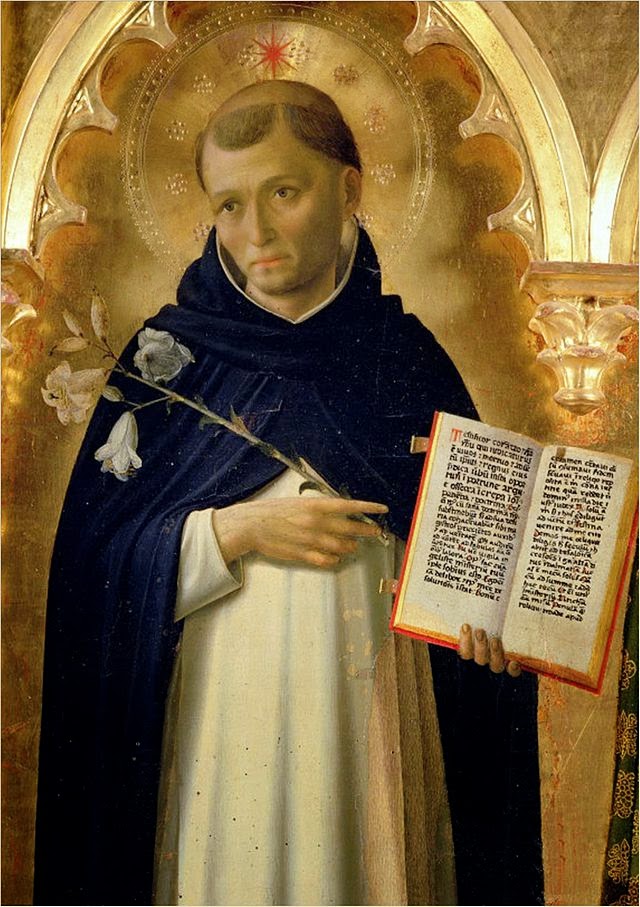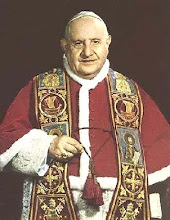
Today is the Feast of Saint Cecilia, a Roman martyr who suddenly began appearing in hagiographies in the fourth century. Her association with music seems to derive from a line in the Golden Legend which describes how, on the day of her wedding (a wedding she did not want, having consecrated her virginity to God), while instruments played ("cantantibus organis"), Cecilia sang to God silently in her heart, asking Him to keep her pure so that "I might not fall into confusion." A misinterpretation of this line became the source of much of Cecilia's iconography, which has her playing the instruments, usually the organ. Raphael's 1514 painting of Cecilia with SS. Paul, John the Evangelist, Augustine, and Mary Magdalene (above) -- all saints who underwent profound spiritual change -- shows Cecilia holding a portative organ upside-down and backwards, the pipes slipping out of their frame, at the moment she hears the singing of the angels: the moment, as it were, of her own conversion; broken instruments (the instruments of profane, earthly music) lie at her feet. Franz Liszt was entranced by Raphael's painting when he saw it in Bologna in 1838, writing in to a friend, "Isn't that virgin, ecstatically transported above reality, like the inspiration that . . . fills an artist's heart -- pure, true, full of insight?"
The definitive scholarly work about Saint Cecilia is Mourning Into Joy: Music, Raphael, and Saint Cecilia by Thomas Connolly, with whose friendship in the past two years I have been particularly blessed. Connolly has postulated recently that Cecilia may have been a member of the Roman Jewish community of early Christians, which would explain a great deal about the ancient liturgy of her Station Day in Lent, which uses passages from the book of Esther. I took her name at my confirmation (a sacrament I received in adulthood) because of her association not only with music but also with profound spiritual change. May she bring blessings to all musicians today!
Blessed Cecilia, appear in visions
To all musicians, appear and inspire:
Translated Daughter, come down and startle
Composing mortals with immortal fire.
-- W.H. Auden













